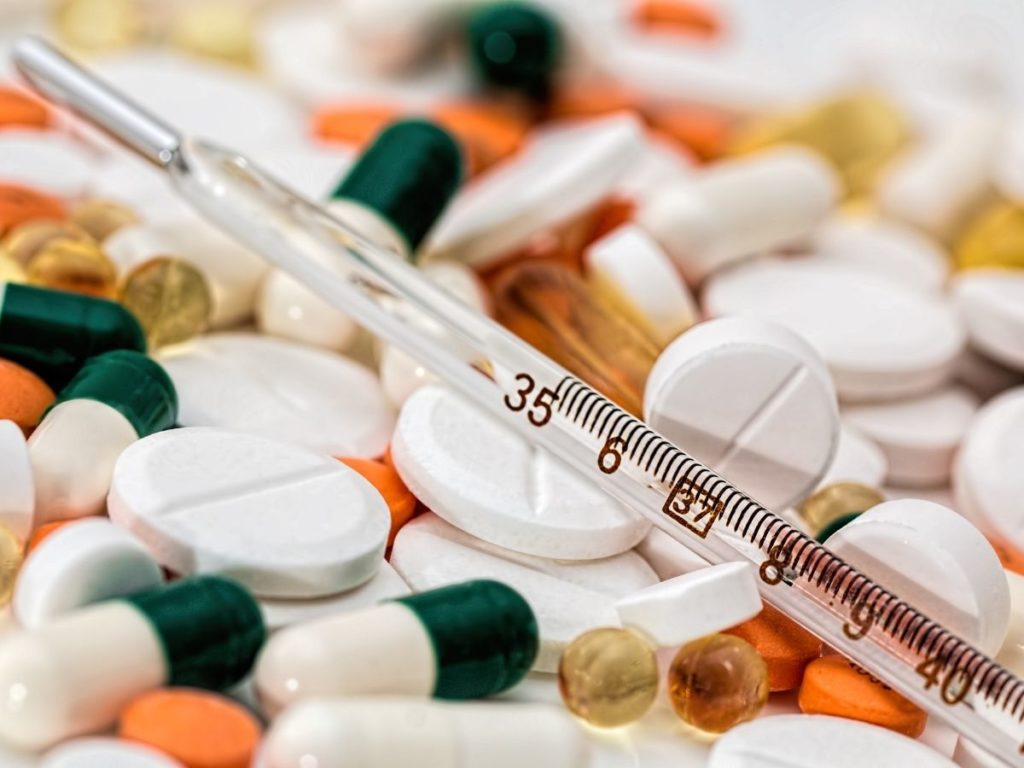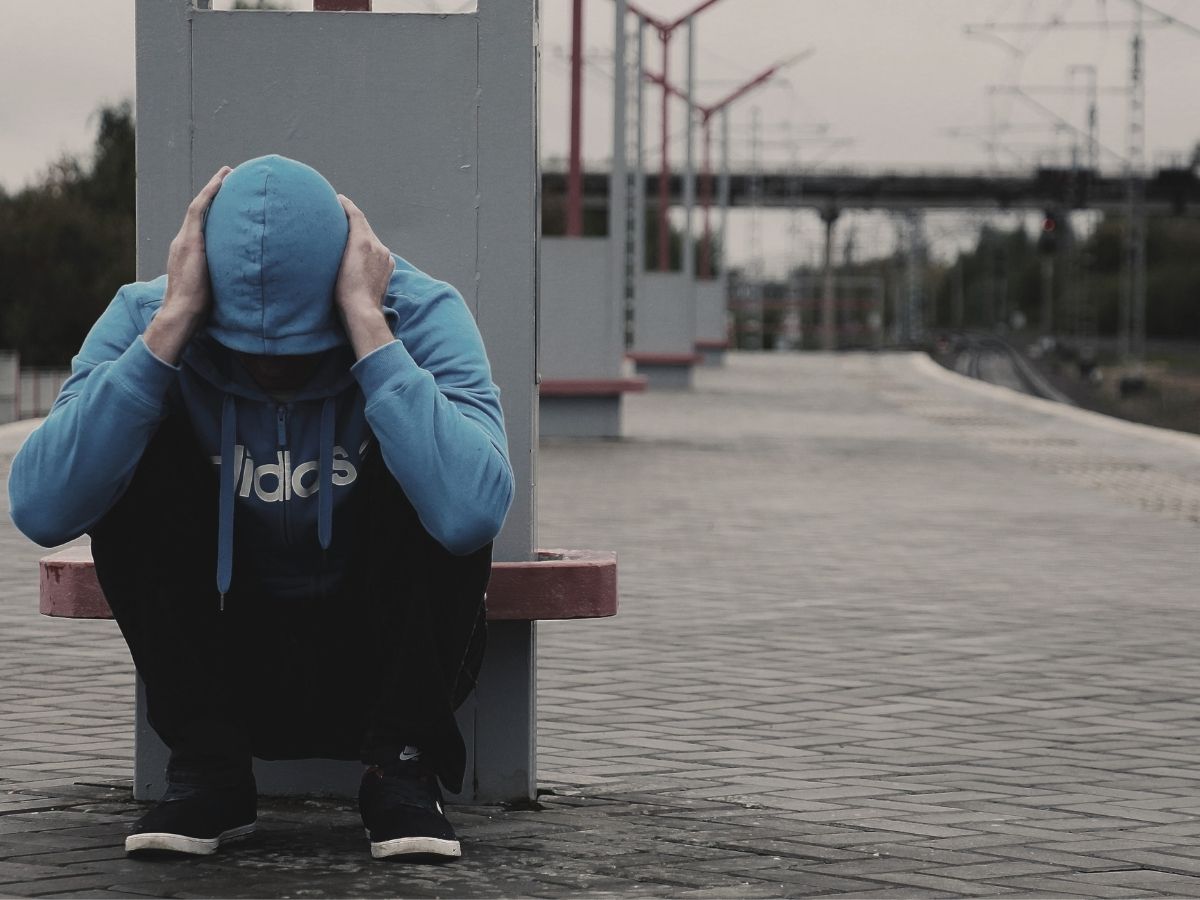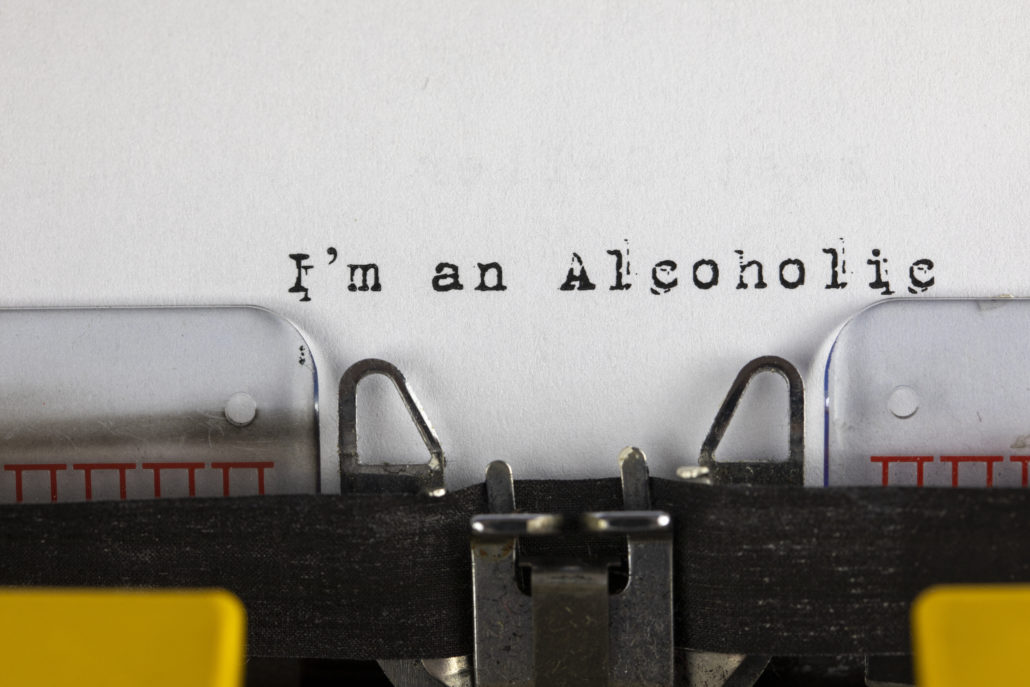What Is Polysubstance Abuse?
The use of more than one drug, also known as polysubstance use, is common. This includes when two or more are taken together or within a short time period, either intentionally or unintentionally.
According to the Centers for Disease Control and Prevention, 250+ American lives are lost to drugs every day and in 2019, nearly half of drug overdose deaths involved multiple drugs. [1]
ICD 10 Polysubstance Abuse
ICD serves a broad range of uses globally and provides critical knowledge on the extent, causes, and consequences of human disease and death worldwide via data that is reported and coded with the ICD. Clinical terms coded with ICD are the main basis for health recording and statistics on disease in primary, secondary, and tertiary care, as well as on cause of death certificates. These data and statistics support payment systems, service planning, administration of quality and safety, and health services research. Diagnostic guidance linked to categories of ICD also standardizes data collection and enables large-scale research. [2]
Criteria for Substance Use Dependence in ICD-10
Three or more of the following must have been experienced or exhibited at some time during the previous year:
- A strong desire or sense of compulsion to take the substance;
- Difficulties in controlling substance-taking behavior in terms of its onset, termination, or levels of use;
- A physiological withdrawal state when substance use has ceased or been reduced, as evidenced by: the characteristic withdrawal syndrome for the substance; or use of the same (or a closely related) substance with the intention of relieving or avoiding withdrawal symptoms;
- Evidence of tolerance, such that increased doses of the psychoactive substance are required in order to achieve effects originally produced by lower doses;
- Progressive neglect of alternative pleasures or interests because of psychoactive substance use, increased amount of time necessary to obtain or take the substance or to recover from its effects ;
- Persisting with substance use despite clear evidence of overtly harmful consequences, such as harm to the liver through excessive drinking, depressive mood states consequent to heavy substance use, or substance-related impairment of cognitive functioning. Efforts should be made to determine that the user was actually, or could be expected to be, aware of the nature and extent of the harm.

Diagnosing Polysubstance Abuse
Substance use disorder (SUD) is a chronic, relapsing disease with a highly multifaceted pathology that includes (but is not limited to) sensitivity to drug-associated cues, negative affect, and motivation to maintain drug consumption. SUDs are highly prevalent, with 35 million people meeting the criteria for SUD.
11.3% of individuals diagnosed with a SUD have concurrent alcohol and illicit drug use disorders. Furthermore, having a SUD with one substance increases susceptibility to developing dependence on additional substances. For example, the increased risk of developing heroin dependence is twofold for alcohol misusers, threefold for cannabis users, 15-fold for cocaine users, and 40-fold for prescription misusers. Given the prevalence and risk associated with polysubstance use and current public health crises, examining these disorders through the lens of co-use is essential for translatability and improved treatment efficacy. [3]

Why Do People Abuse Multiple Drugs?
Intentional polysubstance use occurs when a person takes a drug to increase or decrease the effects of a different drug or wants to experience the effects of the combination. Unintentional polysubstance use occurs when a person takes drugs that have been mixed or cut with other substances, like fentanyl, without their knowledge.
Whether intentional or not, mixing drugs is never safe because the effects of combining drugs are often stronger, more unpredictable, and even deadly.
The Risks Of Polysubstance Abuse
The dangers of polysubstance use also apply to prescription drugs. Always let your doctor know what drugs you are taking to prevent any adverse reactions with newly prescribed medications. Never take pills that did not come from a pharmacy and weren’t prescribed to you.
Polysubstance Abuse Symptoms
Three of the following symptoms must be shown during a 12-month period to receive an official diagnosis of polysubstance dependence:
- Tolerance: The user has to keep using more and more of a substance at one time to get high because the usual amounts are less effective.
- Withdrawal: The user shows withdrawal symptoms when drugs stop being used, or the drug is used specifically to prevent withdrawal symptoms.
- Inability to stop using/Loss of control: Repeated use of more drugs than planned. The user has unsuccessfully attempted to cut down or stop using the drugs or shows a persistent desire to stop using, but cannot.
- Time: The person spends a lot of time studying drugs, obtaining drugs, using drugs, being under the influence of drugs, and recovering from the effects of drugs.
- Interference with activities: The user has reduced the amount of time involved in recreational activities, social activities, and/or work because of the use of drugs.
- Harm to self: The person continues to use substances despite having a noticeable physical or psychological problem caused by or made worse by the use of drugs.
Polysubstance Abuse Effects
Mixing stimulants
Examples of stimulants: ecstasy (MDMA), cocaine, methamphetamines, amphetamines (speed)
Stimulants (also known as uppers) can increase your heart rate and blood pressure to dangerous levels and increase your risk of several serious health problems. Combining stimulants may even directly or indirectly increase your risk of:
- Brain injury
- Liver damage
- Heart attack
- Stroke
Signs of use/overdose that may occur when mixing stimulants:
- Fast/troubled breathing
- Increased body temperature
- Nausea or vomiting
- Chest pain
- Seizures or tremors
Mixing depressants
Examples of depressants: opioids (heroin, morphine, oxycodone, hydrocodone, fentanyl), benzodiazepines
Depressants (also known as downers) can slow down your breathing and increase your risk of several adverse health outcomes. Combining depressants can also directly or indirectly increase your risk of:
- Damage to the brain and other organs
- Overdose
- Death
Signs of use/overdose when mixing depressants:
- Slow breathing
- Weak pulse
- Altered mental status or confusion
- Passing out
Mixing stimulants and depressants
Mixing stimulants and depressants don’t balance or cancel them out. In fact, the results of combining drugs are unpredictable, often modifying or even masking the effects of one or both drugs. This may trick you into thinking that the drugs are not affecting you, making it easier to overdose.
Drinking alcohol while using other drugs
Drinking alcohol while using other drugs isn’t safe. Alcohol is a depressant with similar effects to other downers. Mixing alcohol with other drugs can increase your risk of overdose and serious damage to the brain, heart, and other organs.
Increased Severity Of Side Effects
Polysubstance use is common, particularly amongst some age groups and subcultures. It is also associated with an elevated risk of psychiatric and physical health problems. Wide-ranging polysubstance use is more prevalent in subcultures such as ‘ravers’ (dance club attendees) and those already dependent on substances. Health risks are elevated in these groups.
Polysubstance Abuse Treatment
What to do if you think someone is overdosing?
It may be hard to tell whether a person is high or experiencing an overdose. If you aren’t sure, treat it as an overdose—you could save a life.






*Most states have laws that may protect a person who is overdosing or the person who called for help from legal trouble.
**Naloxone is a life-saving medication that can reverse the effects of opioid overdose and save lives. It is available in all 50 states and can be purchased from a local pharmacy without a prescription in most states.
If you know or think someone is struggling with polysubstance abuse, ask them if you can help. Your concern might be just what they need to start their recovery journey, and your support could make all the difference in their success.
How We Can Help? Searched for “Texas inpatient consultants & drug and alcohol treatment centers in Houston TX?” or are you seeking a national inpatient rehab destination?
We Level Up Texas is a multi-faceted primary drug, alcohol dual diagnosis program treating secondary co-occurring mental health conditions and polysubstance abuse. Our team uses evidence-based proven methods to generate cutting-edge solutions to substance abuse and behavioral health challenges. With support programs targeted towards families and individuals. We work to improve the health of the public and of individuals from every behavioral and related integrated addiction primary and mental health secondary treatment option. This includes constant research and innovation on substance abuse and integrated co-occurring mental health treatment models paired with individuals in a conducive environment.
We Level Up TX’s counselors understand and can make a drug addiction therapy recommendation or dual diagnosis treatment best suited to your needs. You may call us today to speak with one of our treatment specialists.
Sources:
[1] Polysubstance Use Facts – Centers for Disease Control and Prevention
[2] International Statistical Classification of Diseases and Related Health Problems (ICD) – World Health Organization
[3] One Is Not Enough: Understanding and Modeling Polysubstance Use – National Center for Biotechnology Information




